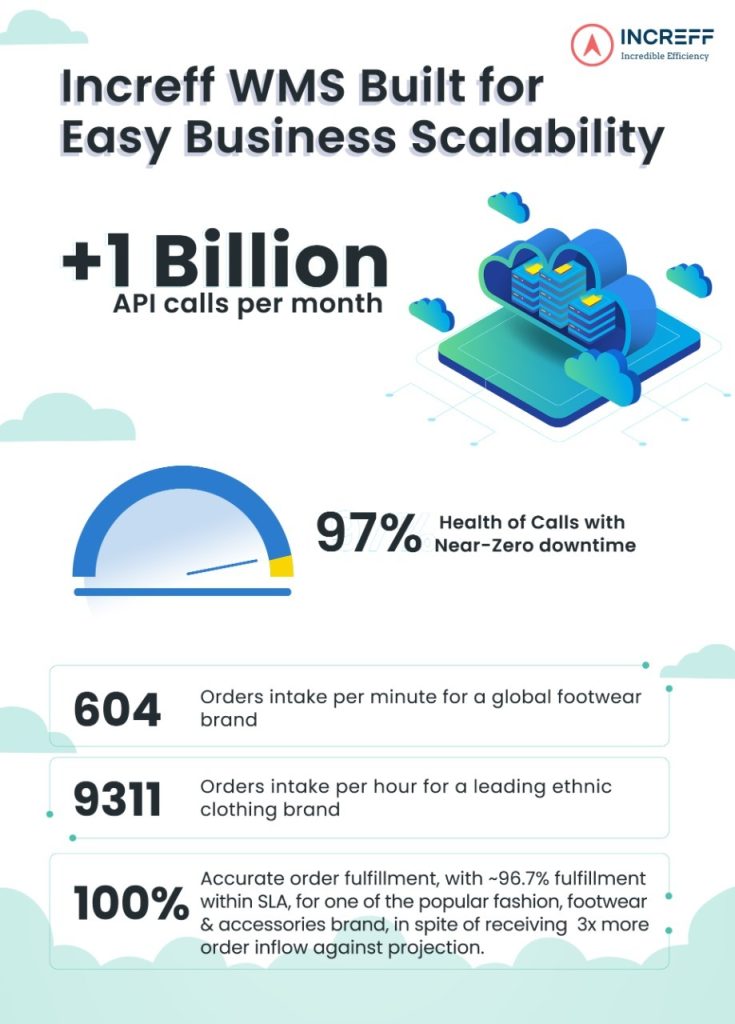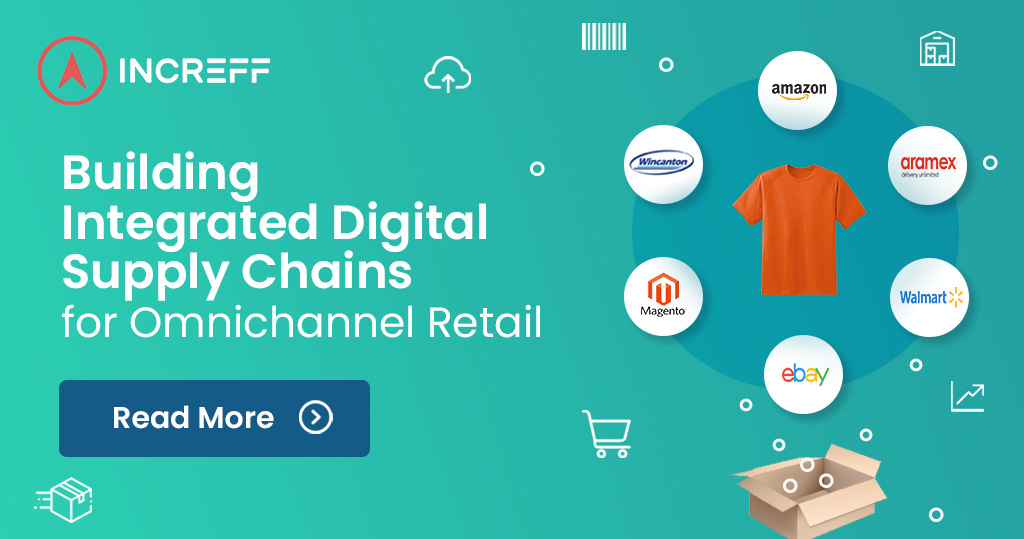While brands are increasingly taking to the digital space, physical stores continue to play an important role. Two ways in which physical stores can complement online channels are by acting as local fulfillment centers and being an easy contact point for receiving returned goods from customers.
Omnichannel poses a number of challenges for optimizing operations, capturing maximum sales, and ensuring the highest levels of profitability. This has implications for retail strategy, information flow, physical flow of products, supply chain management, and last-mile delivery. Most importantly, it impacts retailers’ merchandise buying and planning decisions.
Analytics, Forecasting, and BI
Accurate forecasting at all times is essential for the right buying and planning decisions. All the information relayed back from the market is put through smart algorithms that enable retailers to take the right future-focused merchandising decisions.
In omnichannel retail, data streams from multiple POSs, capture, and store relevant data thus it is critical to ensure the integrity of the repositories. Data related to past customer purchase behavior, bestsellers & Never-Out-Of-Stock styles, seasonality, and festive purchase behavior, facilitate inventory planning and buying decisions. This requires an effective Merchandising platform to integrate data from across channels, enabling retailers to take the decisions with ease and agility.
Apart from leveraging conventional past data, Business Intelligence (BI) plays a critical role in a highly competitive marketplace. Timely customer-related information and BI can help retailers outdo their competitors and stay ahead in the market. With omnichannel retail, you can expect plenty of market-related intelligence and information flowing in. The big challenge is to process, analyze and represent that information effectively to enable accurate planning and decision-making.
Retailers must integrate information across channels, use it to gain customer insights, and design growth strategies accordingly. Merchandising solutions help in gaining a competitive edge as it is impossible to manage and utilize massive, multifaceted data using conventional tools like Excel sheets. (read more)
Getting the right assortment at the store level
Placing the right assortment at the right store is critical for capturing maximum sales. Gathering information on customer preferences, past purchase behavior, and their response to discounts and promotions, coupled with robust BI analytics helps stock the right inventory.
Smart assortment plan
Fashion brands are experiencing increasing complexity due to the wide range of product styles with varying customer demands. Sub-optimal assortment planning and buying can result in overstocking or understocking of items at the store level, which amounts to inefficient distribution.
With an end-to-end merchandising solution, retailers can leverage data to develop a smart assortment plan and achieve optimal store allocation. Using over 300 algorithms, the solution ensures accurate decision-making with the help of product clustering, store-style ranking, and the inclusion of seasonality and visual merchandising. A smart merchandise allocation plan also ensures the consistent availability of NOOS (Never Out Of Stock) styles in stores.
By ensuring the right product clustering, width, and depth of the product, automation-based merchandising solutions enhance the likelihood of conversions. They also help decide the true size-set ratio at the store level, leading to minimal size cuts. The solution keeps track of the inventory health, lead time, depletion rate, and reorder quantity, to create an ideal buy plan for each store-style combination.
Optimal store allocation
Optimal store allocation is achieved through regular replenishment and inter-store transfer of goods from low-performing stores to high-performing stores for better sales. It aims at ensuring that every single item reaches the right store. Allocation of a new store is determined by comparing the features and product assortments of similar stores nearby.
In the context of omnichannel retail, a real-time assessment of the common pool of inventory both online and offline is important to stay up-to-date about the availability of inventory at all times. Customized reports for every stakeholder level, from CXO down to the merchandiser level facilitate the merchandising decisions at each level.
Integrate Multiple Plans into a Single Multichannel Plan
Retailers need to integrate individual plans tailored for each channel into a single multichannel plan that boosts sales, margins, fulfillment rates, and inventory turns across the whole business. Increff Omni OMS allows retailers to expose offline inventory to customers online so orders can be placed at any point of sales and fulfilled either from the stores or the nearest warehouse, thus providing a unified shopping experience to all offline and online shoppers.
Smart assortment planning tools help with individual store planning and forecasting, down to the SKU level. Real-time inventory updates and faster order fulfillment ensure higher margins and profitability. As omnichannel becomes the future of retail, brands experience greater reliance on tech-based Merchandising solutions that enable automation in decision-making, conduct advanced business analytics for strategizing, and facilitate forecasting at all stakeholder levels for faster business growth.








